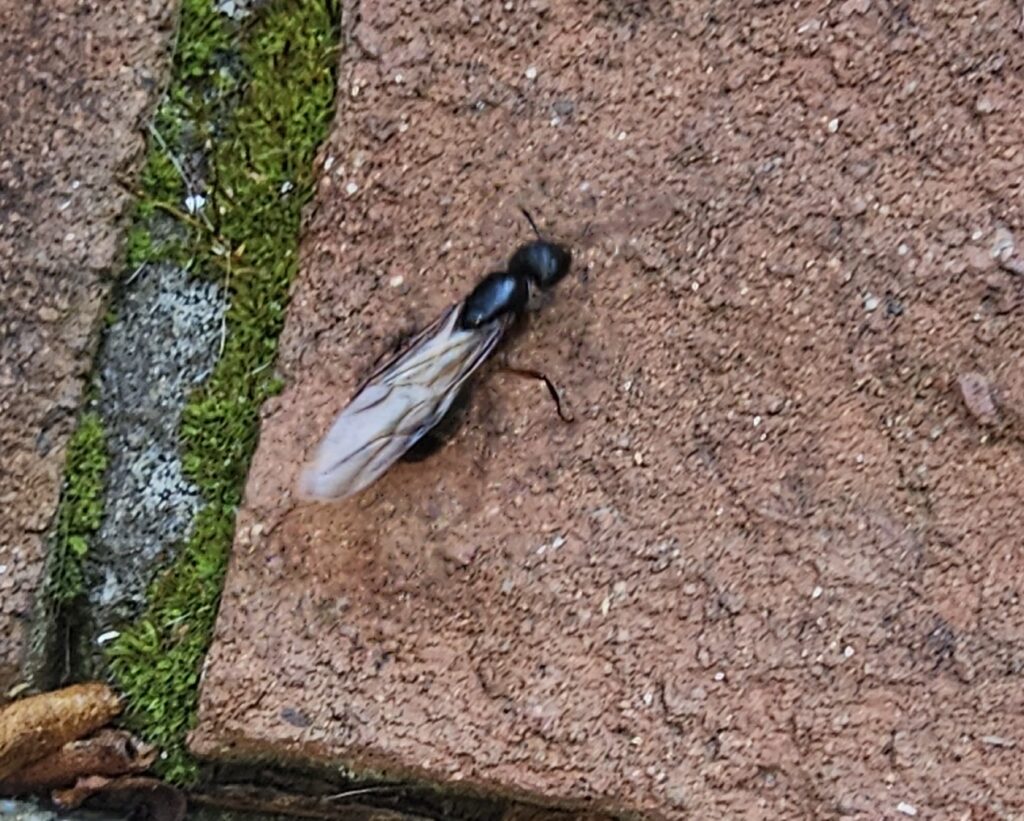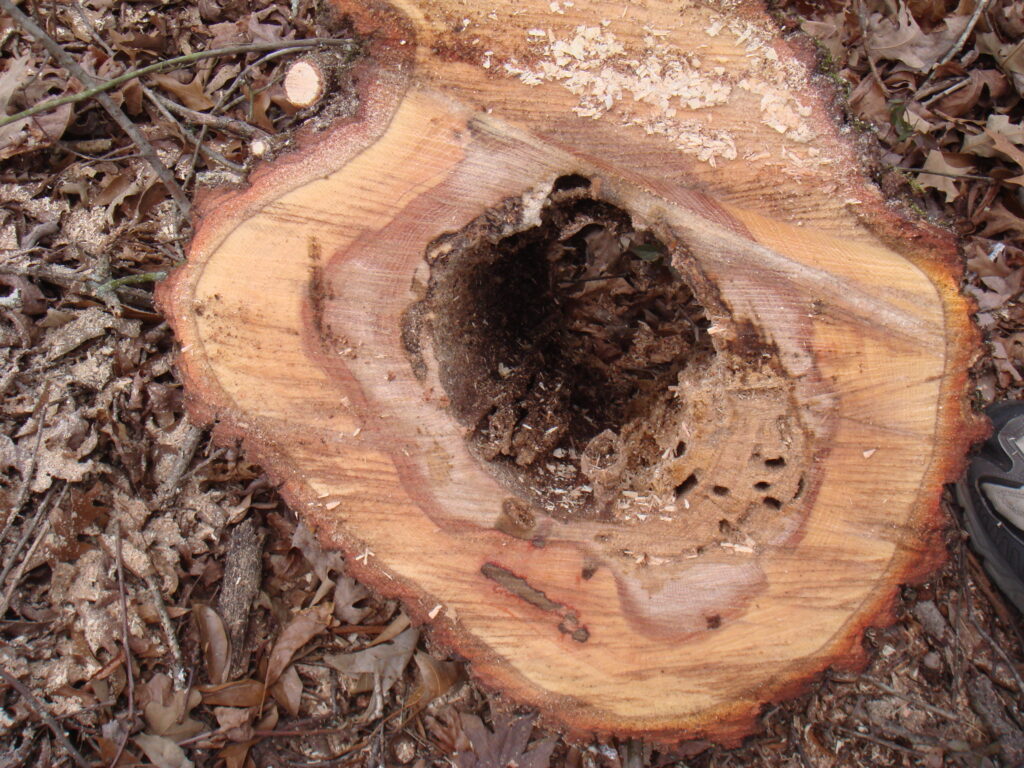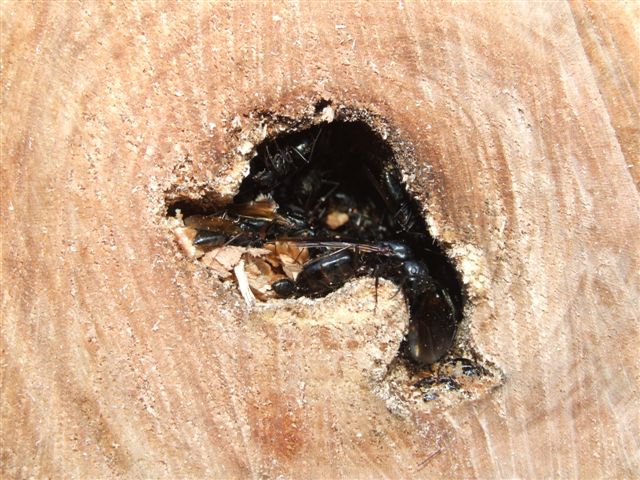Pest Alert – Carpenter Ants
go.ncsu.edu/readext?1070657
en Español / em Português
El inglés es el idioma de control de esta página. En la medida en que haya algún conflicto entre la traducción al inglés y la traducción, el inglés prevalece.
Al hacer clic en el enlace de traducción se activa un servicio de traducción gratuito para convertir la página al español. Al igual que con cualquier traducción por Internet, la conversión no es sensible al contexto y puede que no traduzca el texto en su significado original. NC State Extension no garantiza la exactitud del texto traducido. Por favor, tenga en cuenta que algunas aplicaciones y/o servicios pueden no funcionar como se espera cuando se traducen.
Português
Inglês é o idioma de controle desta página. Na medida que haja algum conflito entre o texto original em Inglês e a tradução, o Inglês prevalece.
Ao clicar no link de tradução, um serviço gratuito de tradução será ativado para converter a página para o Português. Como em qualquer tradução pela internet, a conversão não é sensivel ao contexto e pode não ocorrer a tradução para o significado orginal. O serviço de Extensão da Carolina do Norte (NC State Extension) não garante a exatidão do texto traduzido. Por favor, observe que algumas funções ou serviços podem não funcionar como esperado após a tradução.
English
English is the controlling language of this page. To the extent there is any conflict between the English text and the translation, English controls.
Clicking on the translation link activates a free translation service to convert the page to Spanish. As with any Internet translation, the conversion is not context-sensitive and may not translate the text to its original meaning. NC State Extension does not guarantee the accuracy of the translated text. Please note that some applications and/or services may not function as expected when translated.
Collapse ▲Carpenter ants are generally beneficial insects. They help decompose trees in forests excavating rotten trees, stumps and logs to create their nest. They forage in trees and feed on the the sugary droppings of aphids and any other protein they can gather including other insects.
Carpenter ants are large black bodied insects. Queens can be three quarters of an inch long and exist to reproduce. Worker ants build nests and fan out from the nest searching for food.
When nests reach a large enough size, Carpenter ants will grow wings and swarm. This is usually when people interact with the ants. They will fly into homes and onto porches and land in pools.
Carpenter ants can do damage to wooden structures. Structurally sound wood in buildings is safe. The ants only excavate water damaged rotten wood. Unlike termites, the ants do not eat the wood. They shred it into small pieces that can be found lying about near ant activity.
Property owners should inspect their crawlspaces, attics, walls, floors, barns, etc. for signs of carpenter ant damage. Look for piles of shredded wood and worker ants. If you find carpenter ants are harming your home, call a local pest control company to treat the affected area. Also, hire a contractor to address the wet rotten wood and stop any leaks.
Learn more:







